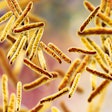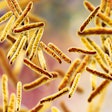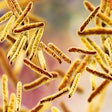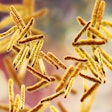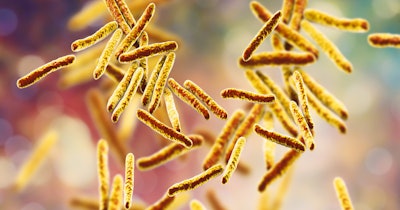
Researchers have used laboratory-on-a-chip technology to create a low cost, sensitive tuberculosis (TB) test that could improve disease detection in high-endemic, under-resourced areas.
Writing in The Journal of Molecular Diagnostics, collaborators at St George’s University of London and QuantuMDx describe the limitations of existing TB tests. Smear microscopy, in which sputum samples are smeared onto microscope slides for examination, is cheap and requires minimal facilities but suffers from poor sensitivity, and the quality of the results can vary between sites and operators.
Growing the bacteria in sputum samples improves sensitivity; however, TB grows slowly, delaying diagnosis, and biosafety level 3 facilities are required to perform the work. Those factors are limitations in parts of the world where resources are restricted.
The St George’s and QuantuMDx collaborators identified dielectrophoresis as a way to improve testing for TB. Dielectrophoresis enables the selective attraction or repulsion of specific particles or cells based on their properties. Using the technique, the researchers isolated the bacteria that cause TB from the rest of the content of sputum samples.
“This chip-based technology exploits the physiological property of the TB bacteria to be specifically collected onto the device so that small numbers can be visualized on the chip electrodes and act as a visual readout to replace the lab-based sputum smear/microscopic methods, which typically have low detection rates and require training laboratory staff, at molecular-like sensitivities and at a fraction of the price,” QuantuMDx CEO Jonathan O’Halloran, PhD, said in a statement.
Purification of the bacterial population serves two purposes. First, visual analysis of the purified sample may enable the diagnosis of TB infection, serving as a substitute for smear microscopy. Second, the sample is then ready for further testing such as quantitative PCR and genotypic drug-susceptibility analysis that can confirm TB infection and show whether the pathogen is resistant to certain treatments.
The researchers used a panel of 50 characterized sputum samples to optimize the prototype, and then compared its performance to culture diagnosis. A blinded screening of 100 characterized sputum samples found the prototype reported the same result as culture diagnosis for all of the smear-negative samples and for 87% of the smear-positive samples. Limiting the analysis to samples with high bacterial burdens increased the smear-positive concordance to 100%.
Work is underway to improve the prototype. Increasing sample throughput could improve sensitivity and accelerate testing, and refinements to biological processing and device design are expected to further enhance performance.









